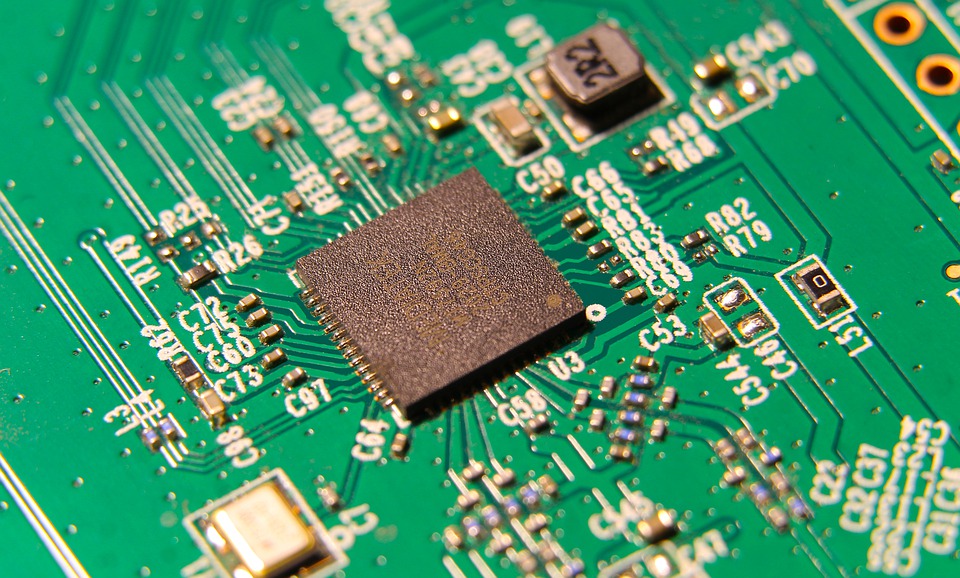The healthcare industry has long been at the forefront of adopting cutting-edge technology to improve patient outcomes and streamline processes. One technology that is gaining traction in healthcare is augmented reality (AR). AR overlays digital information on the user’s view of the real world, enhancing their perception and interaction with their surroundings. In recent years, AR has shown great promise in various healthcare applications, ranging from surgical training to patient education and rehabilitation.
One of the most significant benefits of AR in healthcare is its potential for enhancing surgical procedures. Surgeons can use AR to overlay virtual images onto the patient’s body during surgery, providing them with real-time, interactive guidance that can improve accuracy and efficiency. For example, AR can help surgeons visualize the internal anatomy of a patient’s body before making an incision, allowing them to plan the procedure more effectively and reduce the risk of complications. Additionally, AR can help trainee surgeons practice complex procedures in a safe and controlled environment, improving their skills and confidence before they perform surgeries on actual patients.
AR also has the potential to revolutionize patient education and engagement. By using AR, healthcare providers can create interactive, 3D models of the human body that patients can explore and interact with to better understand their condition and treatment options. For example, a patient with a cardiovascular disease can use AR to view a virtual representation of their heart and learn about how their condition affects their heart function. This interactive approach to patient education can improve patient comprehension and retention of information, leading to better treatment adherence and health outcomes.
In addition to surgical training and patient education, AR can also be used in rehabilitation to help patients recover from injuries or surgeries more effectively. Physical therapists can use AR to create virtual environments that simulate real-world scenarios, allowing patients to practice their movements and exercises in a safe and controlled setting. For example, a patient recovering from a knee surgery can use AR to practice walking up and down stairs in a virtual environment before attempting it in the real world. This immersive approach to rehabilitation can help patients regain their mobility and independence more quickly, reducing the length of their recovery and improving their quality of life.
While AR in healthcare is still in its early stages, the possibilities for its application are vast and promising. As technology continues to advance and become more accessible, we can expect to see even greater integration of AR into various aspects of healthcare, from diagnosis and treatment to patient engagement and rehabilitation. By embracing and harnessing the power of AR, healthcare providers can enhance the quality of care they provide, improve patient outcomes, and ultimately, transform the way healthcare is delivered.




